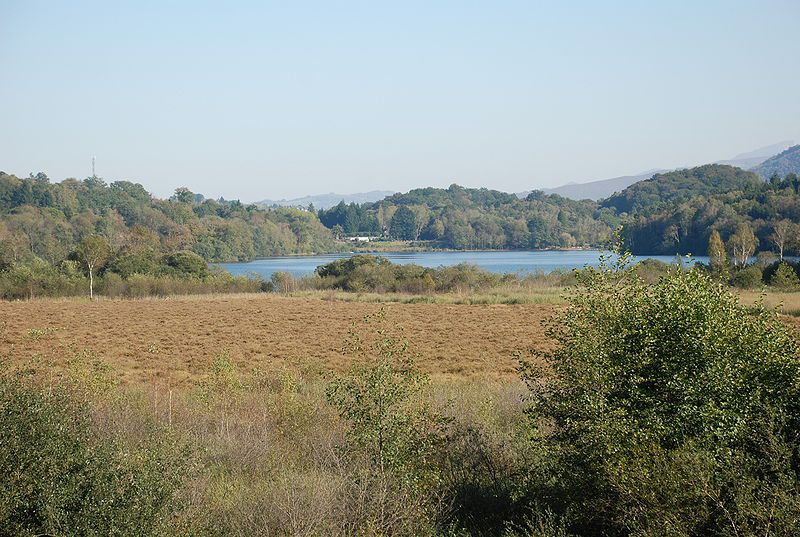-
 Genu varum
Genu varum
-
 Filiform
Filiform
-
 Extrasystole
Extrasystole
-
 Taurids
Taurids
-
 Reaction net energy balance
Reaction net energy balance
-
 Leucocratic
Leucocratic
-
 Tesla
Tesla
-
 Epigastric
Epigastric
-
 Dyspraxia
Dyspraxia
-
 Concorde
Concorde
-
 Scour pool
Scour pool
-
 Transplant
Transplant
-
 Earth electrode
Earth electrode
-
 Border
Border
-
 Hot spring
Hot spring
-
 Fast neutron reactor
Fast neutron reactor
-
 Faraday constant
Faraday constant
-
 Basal shoot
Basal shoot
-
 Disinfectants
Disinfectants
-
 Curium
Curium
-
 Distilled water
Distilled water
-
 Non-spectral colour
Non-spectral colour
-
 Survival function
Survival function
-
 2.5 G
2.5 G
-
 Retinoid
Retinoid
-
 Altocumulus cloud
Altocumulus cloud
-
 Primitive filter
Primitive filter
-
 Ginkgo
Ginkgo
-
 Oncologist
Oncologist
-
 Carbonatite
Carbonatite
Flora Fauna Habitat Directive
Adopted in 1992, the Flora Fauna Habitat Directive, or simply the Habitats Directive, is the European Union's main contribution to the Convention on Biological Diversity established during the Rio de Janeiro Earth Summit. In conjunction with the Birds Directive, this Directive is the basis for the Natura 2000 ecological network and aims at maintaining biodiversity within the EU.
The Habitat Directive thus completes the sites of European community interest (SCI) defined in the Birds Directive with special conservation zones (SCZ) for remarkable, rare or threatened habitats, flora or fauna.
Annexes I and II list habitats and species, some of which are classified as having 'priority' for conservation issues that require the designation of a SCZ. Annex IV lists the animal and plant species that must be the subject of strict protection measures, while removal (hunting, picking...) of species listed in Annex V must be regulated.
 The wetland habitats of the Lourdes Lake (wetlands, peatlands and limestone marshes) are the reason behind the classification of this area as a special conservation zone under the Flora Fauna Habitat Directive. © Darreenvt, Wikimédia CC by-sa 3.0
The wetland habitats of the Lourdes Lake (wetlands, peatlands and limestone marshes) are the reason behind the classification of this area as a special conservation zone under the Flora Fauna Habitat Directive. © Darreenvt, Wikimédia CC by-sa 3.0
Latest
Fill out my online form.



